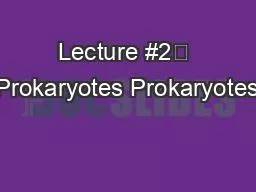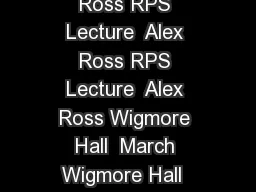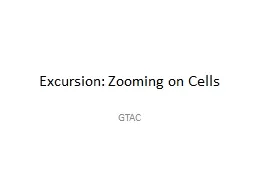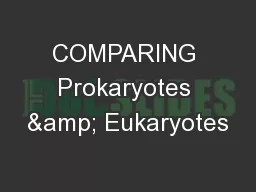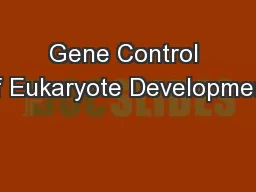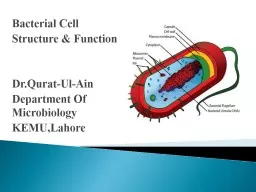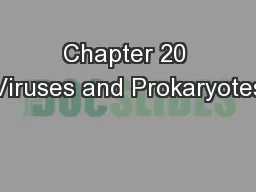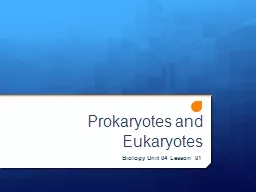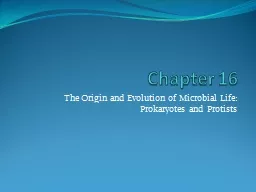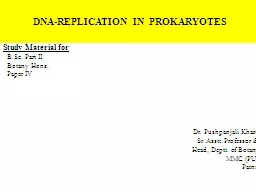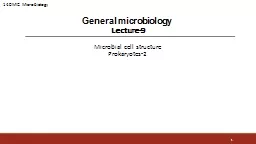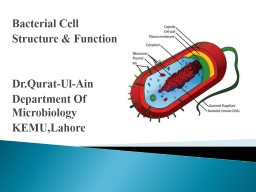PPT-Lecture #2 Prokaryotes Prokaryotes
Author : heartersh | Published Date : 2020-06-23
microscopic single celled organisms collective biomass 10x of all eukaryotes vast genetic diversity among members physical diversity shapes spheres coccus rods
Presentation Embed Code
Download Presentation
Download Presentation The PPT/PDF document "Lecture #2 Prokaryotes Prokaryotes" is the property of its rightful owner. Permission is granted to download and print the materials on this website for personal, non-commercial use only, and to display it on your personal computer provided you do not modify the materials and that you retain all copyright notices contained in the materials. By downloading content from our website, you accept the terms of this agreement.
Lecture #2 Prokaryotes Prokaryotes: Transcript
Download Rules Of Document
"Lecture #2 Prokaryotes Prokaryotes"The content belongs to its owner. You may download and print it for personal use, without modification, and keep all copyright notices. By downloading, you agree to these terms.
Related Documents

